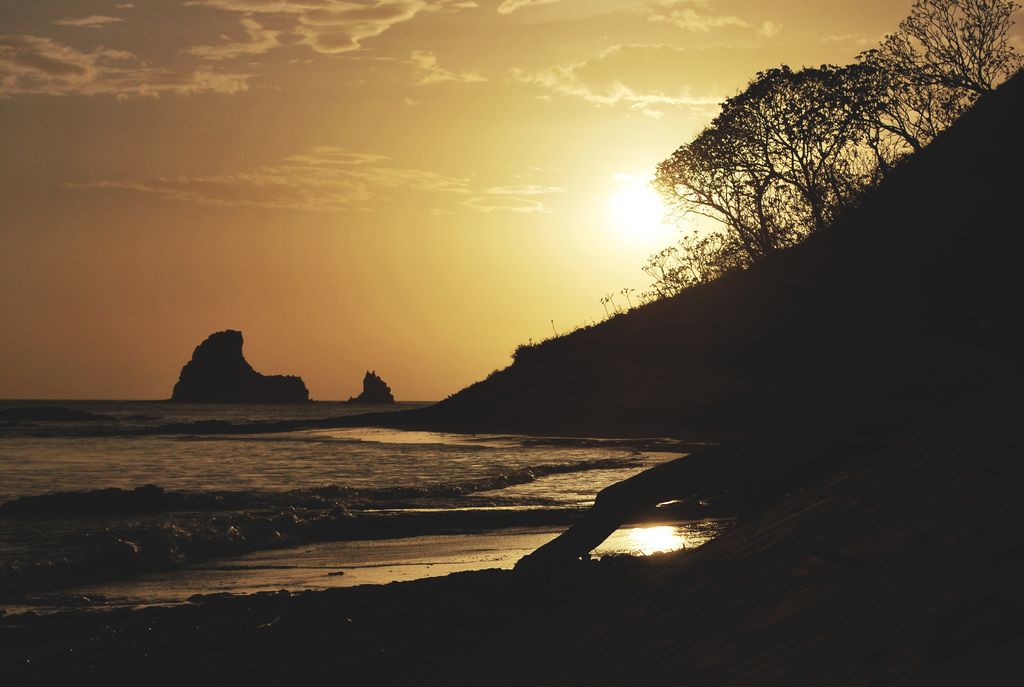Escalating Energy Shortage in Nagorno-Karabakh: Main Reservoir Depleted after Half a Year of Blockade
Title: Nagorno-Karabakh's Energy Crisis Grows as Sarsang Reservoir Reaches Critical Levels
In the heart of Nagorno-Karabakh, the depleted Sarsang Reservoir looms as a significant concern for the area's future. The water shortage, which promises to worsen during the summer's scorching heat and decreased precipitation, threatens to plunge the region into a devastating energy crisis with potential environmental catastrophes.
Since early January, the region has relied heavily on the Sarsang Reservoir for electricity generation, as damaged cables from Armenia could not be repaired due to Azerbaijan's blockade. However, the severe water shortage jeopardizes the region's capability to adhere to a deal to supply Sarsang water to neighboring Azerbaijani territories for agricultural purposes. This situation heightens the risk of "military provocation" from Baku, local officials warn.
On May 6, Gurgen Nersisyan, Nagorno-Karabakh's de facto state minister, revealed that almost three times as much water had been released from the Sarsang Reservoir during the first five months of 2023 compared to the same period last year. Water inflow was roughly half as much due to the lower precipitation, he wrote on Facebook. Currently, the Sarsang Reservoir's water resources sit at a critical limit of about 88 million cubic meters, nearing the dead (unusable) volume of about 70 million cubic meters.
Weeks later on May 25, the energy distribution company announced an increased water scarcity that compelled the further limitation of electricity production and the introduction of a new three 2-hour rolling blackout schedule per day. The Sarsang hydroelectric power plant, one of six remaining in the region and accounting for 70% of its generation capacity, faces significant challenges.
The loss of an additional 30 hydropower plants during the 2020 Second Karabakh War saw a 59% decrease in generation capacity. After the war, cables from Armenia via the Lachin corridor provided the region with approximately 70% of its electricity needs. However, that line was damaged in January, a few weeks after Azerbaijan imposed its blockade. Consequently, the region was forced to implement rolling blackouts since it was suddenly relying solely on its own generation capacity. (During the blockade, intermittent internet access and natural gas supply disruptions also affected Karabakh Armenians.)
Artak Beglaryan, an advisor to Karabakh's de facto state minister, believes Sarsang and the region's remaining hydropower plants are operating at maximum capacity but will likely struggle to meet the population's needs in the coming weeks and months. "If precipitation decreases again, which it inevitably will in June, we will gradually extend the rolling blackouts. We will confront serious energy issues in summer, which will lead to dire humanitarian conditions. If the volume drops to the dead level, an environmental disaster will also fully manifest itself," Beglaryan told Eurasianet.
Indeed, potential agricultural irrigation demands from Azerbaijan seem unlikely to be met. In June 2022, Karabakh officials informally agreed to allow some water from the Sarsang reservoir to irrigate Azerbaijani territories. However, Baku has since rejected numerous proposals for detailed discussions on the reservoir's water usage. "They decided that any deal with Nagorno-Karabakh authorities would mean indirect recognition of the de-facto republic, and they preferred to leave their agricultural issues unresolved over signing agreements with Karabakh," advisor Davit Babayan said.
Aside from a brief experiment with dialogue in March 2023, Azerbaijan has generally refrained from engaging the Karabakh Armenian authorities. The main sticking point in negotiations on a comprehensive peace agreement between Armenia and Azerbaijan remains Yerevan's insistence on guarantees for the rights and security of the Karabakh Armenians backed by some kind of international mechanism. Azerbaijan has yet to comply, despite Armenia's now-explicit readiness to recognize its sovereignty over Karabakh.
Meanwhile, some in Azerbaijan, such as military expert Adalat Verdiyev, have suggested taking action over the Sarsang reservoir. If the reservoir dries up, he said, cracks in the dam could lead to flooding in nearby Azerbaijani-populated areas when precipitation resumes. "Six districts of Azerbaijan will be submerged. We must prevent this catastrophe," Verdiyev said, as reported by Nedelia.az on May 22.
Beglaryan. sees two potential solutions for the electricity issues: the restoration of electricity supplies from Armenia or unusually high precipitation - both of which he considers unlikely. "As an emergency response, we will reduce consumption to minimal levels and extend the power blackouts. We also attempt to create alternative energy sources, but these are not quick solutions, and time is of the essence," he added.
- The critical levels of the Sarsang Reservoir in Nagorno-Karabakh could have far-reaching effects, not just on the region's energy supply, but also on the environment and general news, as potential environmental catastrophes and energy shortages loom.
- As environmental-science experts warn about the impending energy crisis and potential environmental disasters, the finance industry and political leaders face the challenge of securing alternative sources of energy for Nagorno-Karabakh.
- In the realm of science and industry, the potential reduction in electricity generation and the increasing frequency of power blackouts as a result of water scarcity pose significant obstacles to industrial operations and energy-dependent services in Nagorno-Karabakh.
- With climate-change implications looming Large, the political landscape of Nagorno-Karabakh and its neighboring regions could be significantly affected by the Sarsang Reservoir crisis, as diplomatic discussions regarding water usage and potential conflicts over resources unfold.
- Amidst the growing energy crisis in Nagorno-Karabakh, the news media must keep a vigilant eye on the situation, reporting on the developing humanitarian conditions, diplomatic negotiations, and potential environmental disasters that may result from this critical environmental issue.








